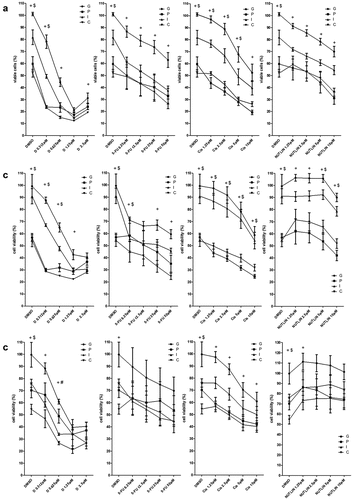Figures & data
Figure 1. Colorectal cell lines are efficiently transduced and express the transgenes
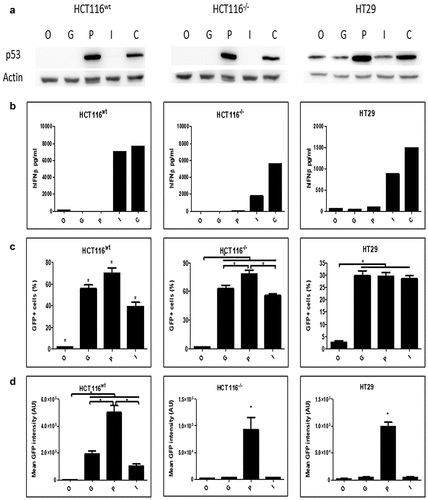
Figure 2. Cellular response to transgene activity
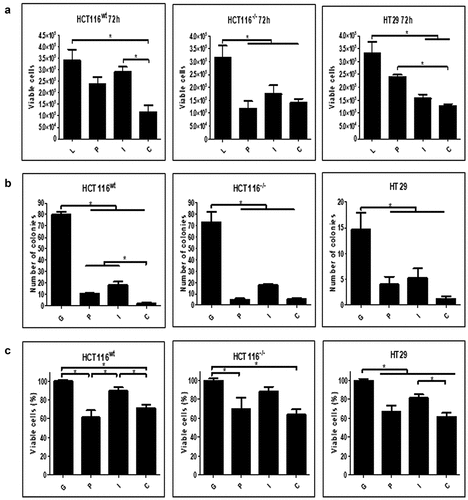
Figure 3. Induction of cell death markers upon treatment with adenovirus
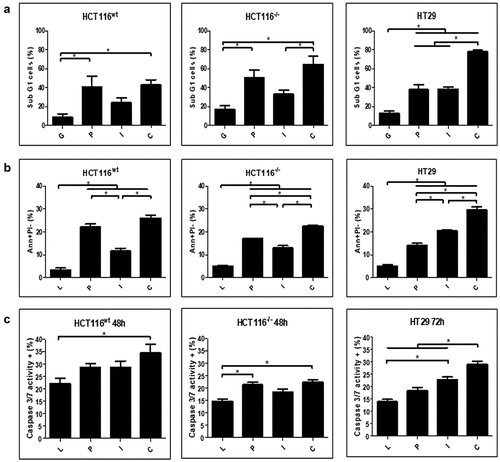
Figure 4. Emission of immunogenic cell death markers in response do gene transfer
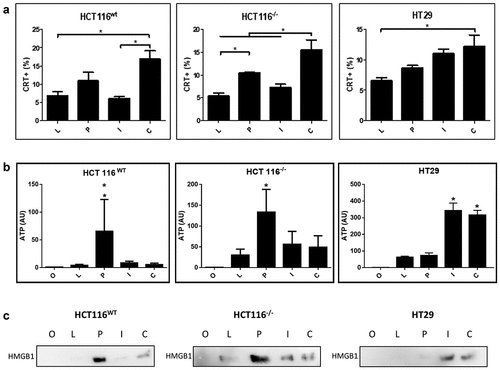
Figure 5. Association of chemotherapy with gene transfer
